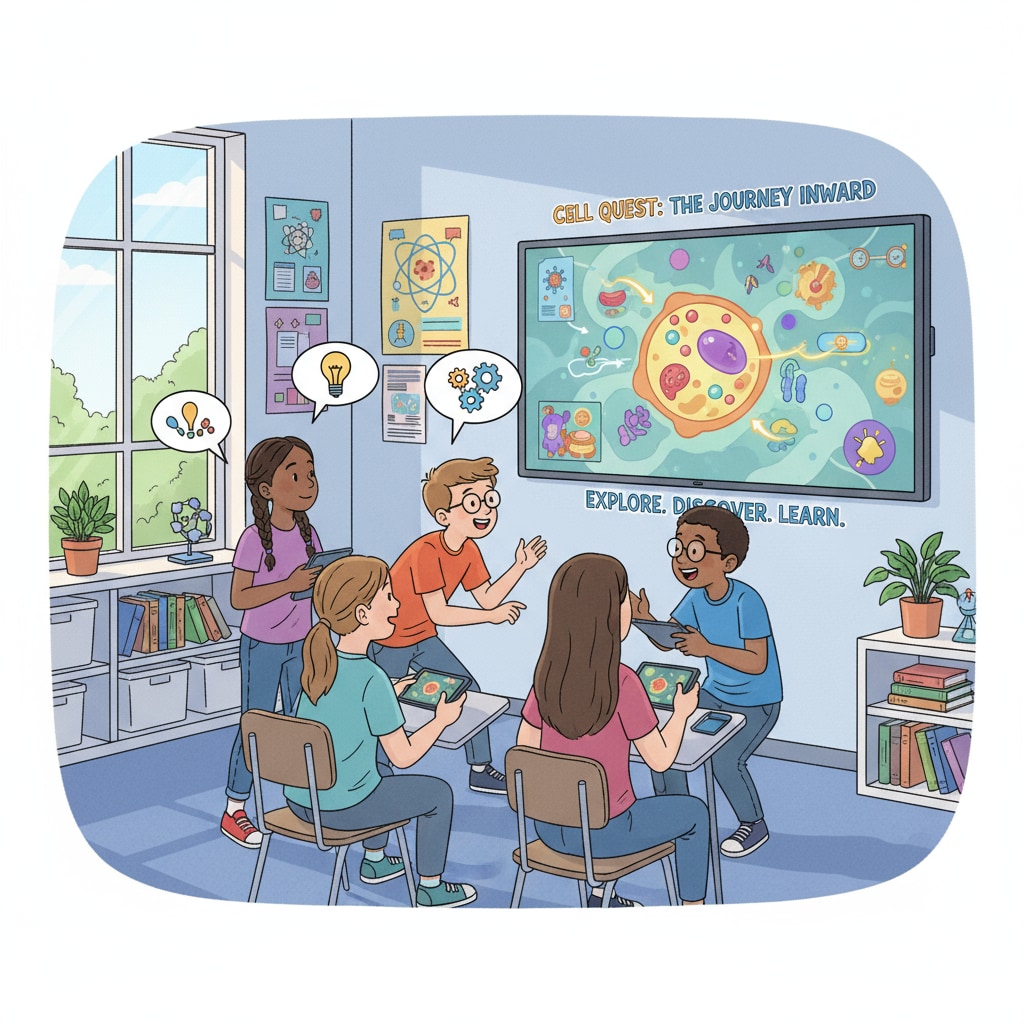In the landscape of modern secondary education, the integration of video games into teaching has become a topic of increasing significance. Video games, teacher training, and secondary education are intertwined in a way that can revolutionize the learning experience. As today’s students are deeply immersed in the world of video games, it is essential for middle school teachers to gain a comprehensive understanding of this medium to better connect with their students and enhance the educational process.

The Need for Video Game Knowledge Training for Teachers
Understanding the current generation of students is crucial for effective teaching. Today’s middle school students are digital natives, growing up in an era where video games are a significant part of their leisure time. By learning about video games, teachers can break down the generational barrier and communicate more effectively with their students. For example, a teacher who is familiar with popular video game titles can initiate conversations with students, showing that they are interested in their lives outside of school. This connection can lead to increased student engagement in the classroom. According to American Psychological Association research, when teachers show an understanding of students’ interests, students are more likely to be motivated to learn.

Key Components of Video Game Knowledge Training
Genre Awareness: Teachers should be introduced to different video game genres, such as role-playing games (RPGs), real-time strategy games, and simulation games. Each genre has its unique characteristics, gameplay mechanics, and educational potential. For instance, RPGs can enhance students’ problem-solving skills and creativity, while simulation games can provide hands-on learning experiences in various fields.
Game Mechanics: Understanding game mechanics like leveling up, quests, and rewards is essential. These elements can be adapted into the classroom to make learning more engaging. Teachers can create a “quest” system for assignments, where students earn “rewards” for completing tasks successfully. This not only makes learning fun but also encourages students to take ownership of their education.
Social and Cultural Aspects: Video games have a rich social and cultural context. Multiplayer games, for example, foster teamwork and communication skills. Teachers should be aware of the online communities associated with video games and how they can impact students’ social development. Additionally, different cultures are often represented in video games, providing an opportunity for cross-cultural learning in the classroom.
To conclude, equipping middle school teachers with video game knowledge is a step towards modernizing secondary education. By understanding the world of video games, teachers can create more engaging and relevant learning experiences for their students. This training not only benefits the students but also enriches the teaching profession, allowing educators to stay relevant in a rapidly evolving digital age. Video games, teacher training, and secondary education are indeed a powerful combination that can shape the future of learning. International Society for Technology in Education research also supports the idea that integrating technology, such as video games, into education can enhance student outcomes. Readability guidance: The key points are presented in short paragraphs and lists. Each H2 section has a list of important aspects. The use of passive语态 is minimized, and transition words like ‘for example’ and ‘additionally’ are used to enhance the flow of the article.


